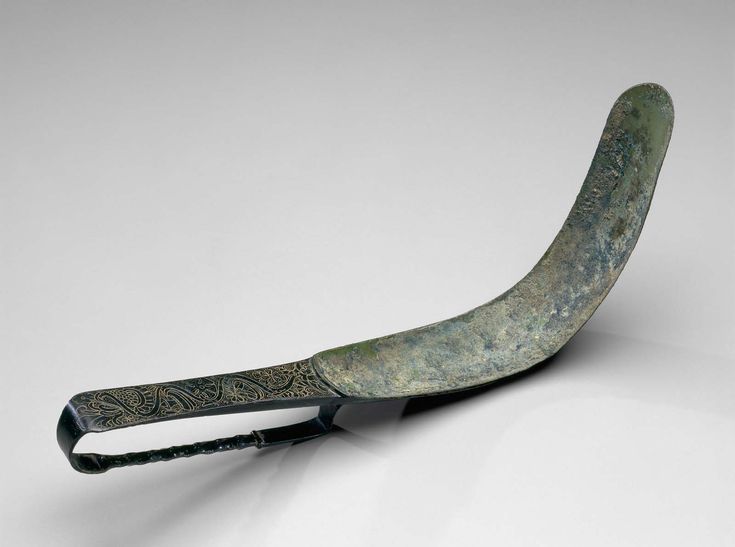Uncategorized
Timeless beauty secrets from around the globe: Ancient (EXFOLIATING) practices
Studying ancient beauty rituals is an excellent way to understand modern-day beauty practices. Ancient beauty rituals have been in existence for thousands of years across the globe and most have made their way into modern-day cosmetics and beauty practices. The practice of grooming is not a phenomenon as ancient as human and animal existence.
Exfoliating removes dead skin cells from the surface of your skin, which can clog pores and lead to rough, and textured skin. Additionally, regular exfoliation stimulates collagen synthesis and offers anti-aging benefits by improving skin texture and reducing the appearance of fine lines and wrinkles. By removing the barrier of dead skin cells. Exfoliating also allows serums, moisturizers, and other skincare products to penetrate deeper into the skin, making them more effective.
Exfoliation in Ancient times
Exfoliating the skin has been a practice in most ancient cultures throughout history. Due to the vast diversity of cultures and practices across the continent, there are several reasons why exfoliating is an ancient practice:
- Hygiene and Cleansing: Exfoliating the skin helps remove dead skin cells, dirt, and impurities, promoting cleanliness and hygiene. In regions with hot climates, exfoliation may have been a way to combat sweat, grime, and other environmental factors that could accumulate on the skin.
- Skincare and Beautification: Exfoliation can improve the appearance and texture of the skin by promoting a healthy glow and smoothness. Ancient cultures may have exfoliated their skin as part of their beauty rituals and practices, enhancing their aesthetic appeal and self-confidence.
- Cultural and Traditional Practices: Many cultures in ancient times had elaborate beauty rituals and skincare practices that were deeply ingrained in their traditions. Exfoliating the skin might have been a part of these cultural practices, passed down through generations as a way to maintain and enhance beauty.
- Medicinal and Therapeutic Purposes: Some natural substances used for exfoliation, such as certain plant extracts or ingredients, may have had therapeutic properties. For instance, certain herbs or natural exfoliants could have been used for their antibacterial, anti-inflammatory, or healing effects on the skin.
- Rituals and Ceremonies: Exfoliation could have been incorporated into specific rituals, ceremonies, or coming-of-age practices within ancient African cultures. These practices often held significant cultural or spiritual meaning and were performed to mark important life events or transitions.
It is important to note that practices and beliefs surrounding skincare and beauty in ancient cultures were diverse and varied across different regions and communities. Furthermore, the specific methods and ingredients used for exfoliation would have differed based on region, available resources, cultural practices, and spiritual values.
West Africa
sapor
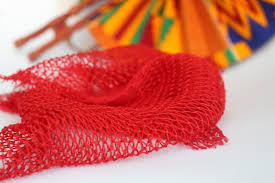
East Africa
pumice stone
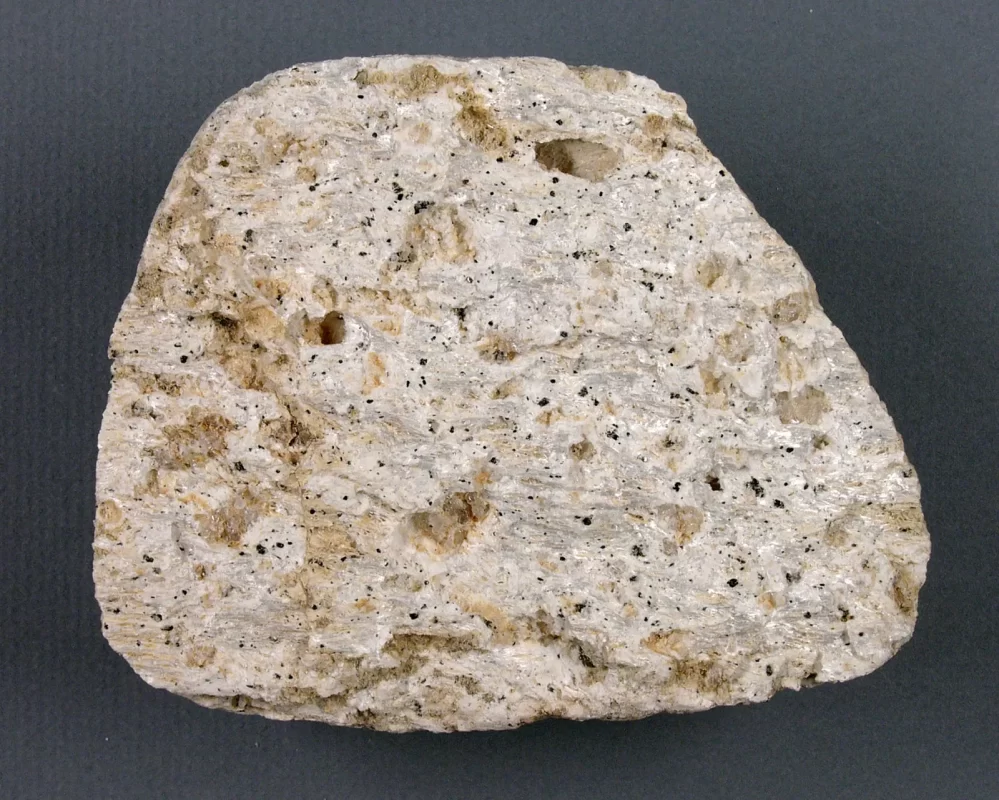
Middle East
kiseh and sefidab
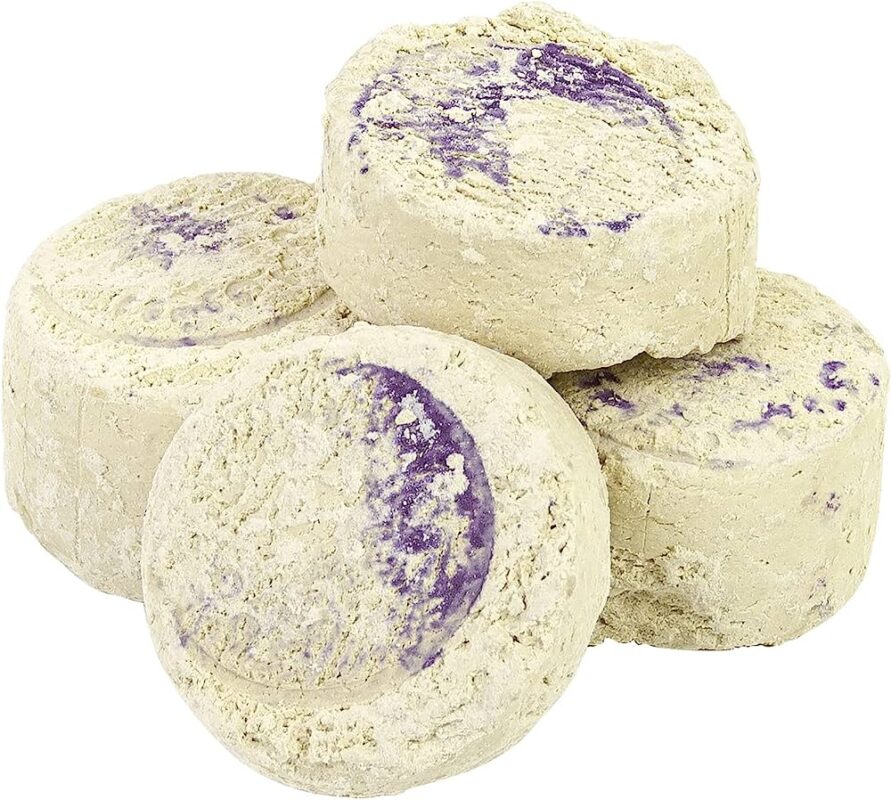
India
roughened silk gloves
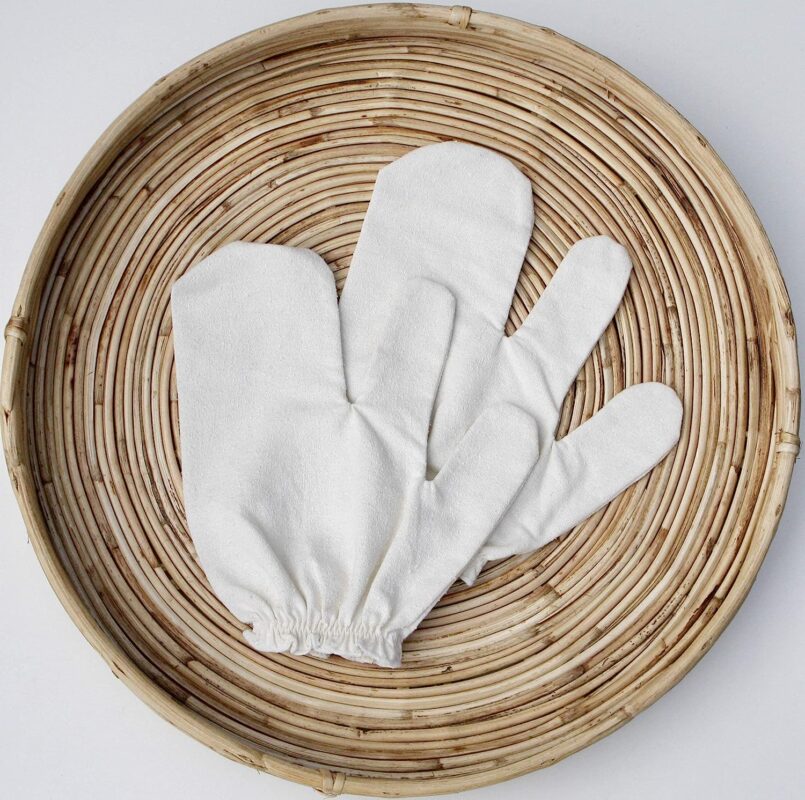
Japan
dermaplaning (dry shaving)
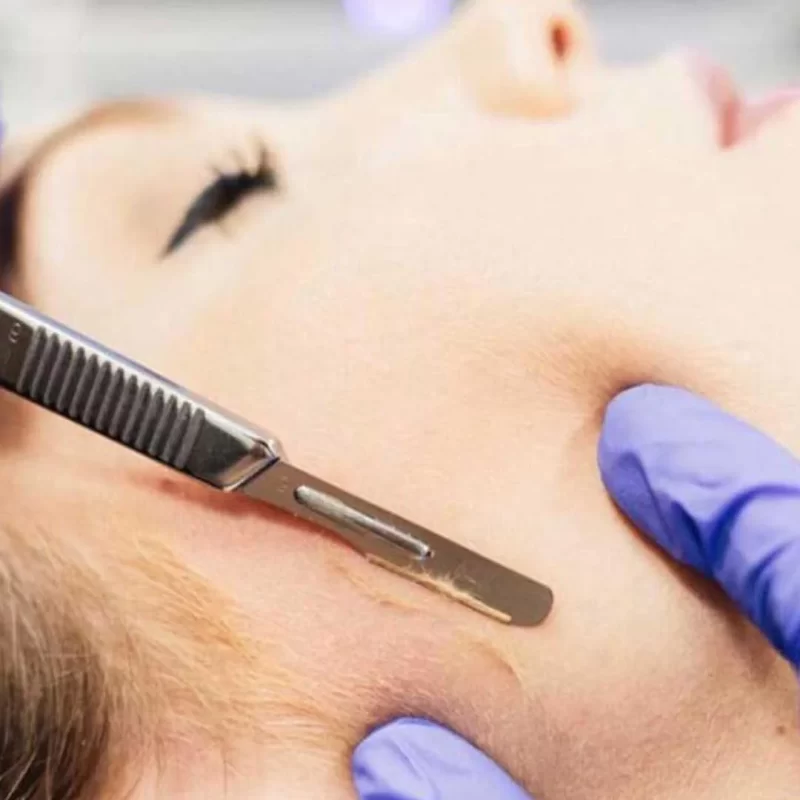
Korea
seshin (cleansing bar)
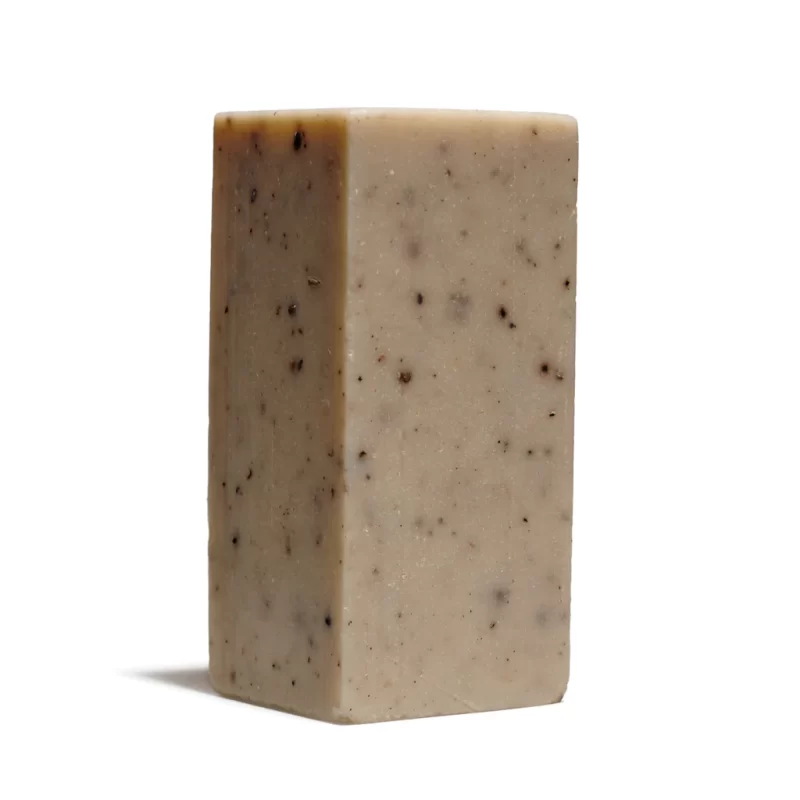
Native North America
sea salt &/or sand from the floor of a river or ocean floor
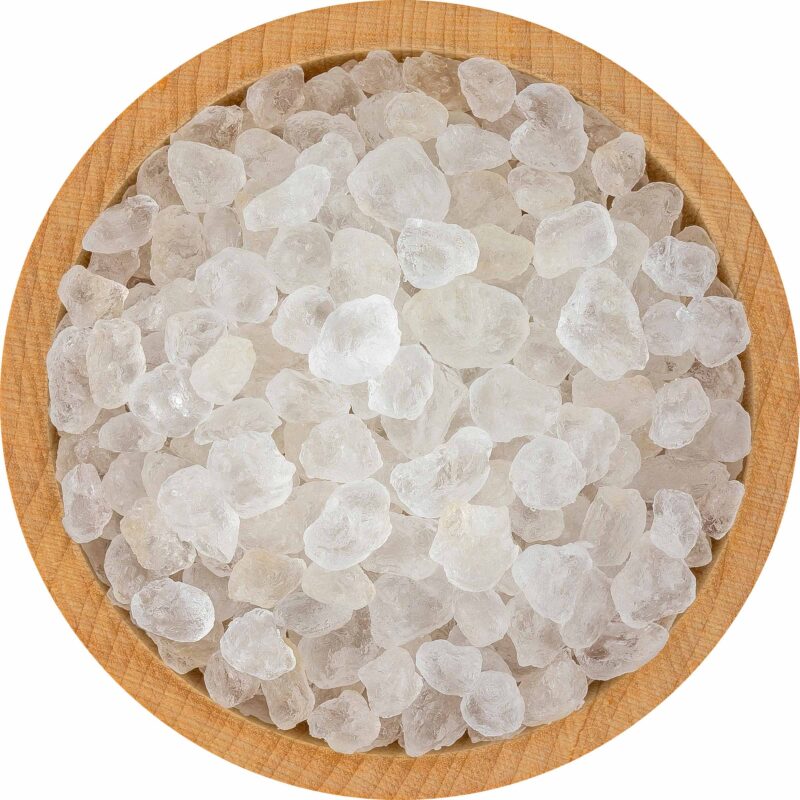
France
gommage (paste face mask)
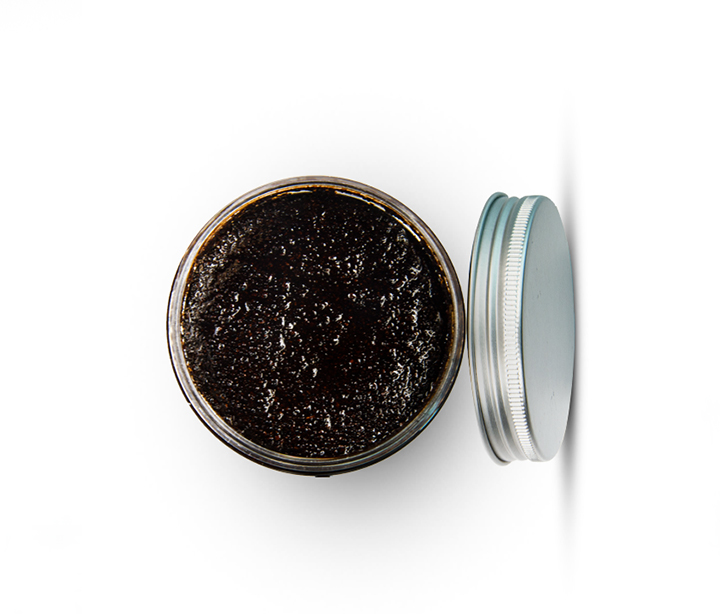
Greece
strigil (curved blade to remove dirt, sweat and oil before they bathed)
